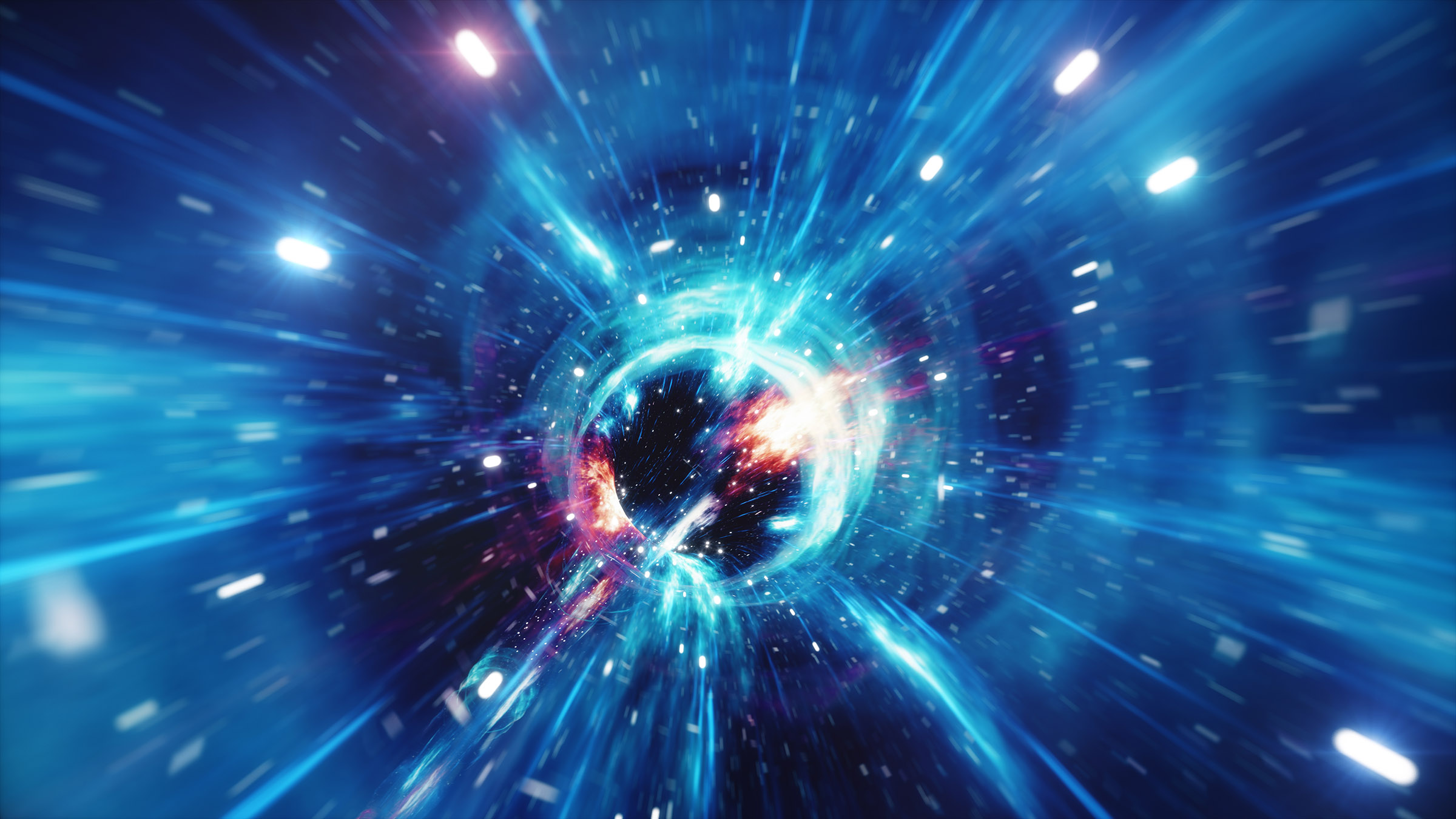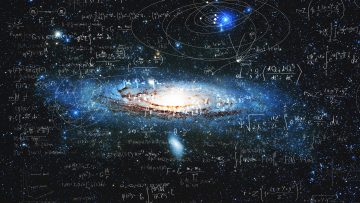Imagine a thread so thin it’s invisible to the naked eye but packed with the mass of thousands of stars. This isn’t science fiction—it’s the theoretical description of cosmic strings, structures that may hold answers to the Universe’s greatest mysteries. If confirmed, researchers believe these theoretical strings could unlock the key to time travel.
Cosmic strings, if they exist, are thought to be incredibly slender. Some say they’d be long tubes, either stretching infinitely or looping back on themselves. Despite their thinness, a cosmic string’s mass could rival tens of thousands of stars, and it would gradually shrink over time, radiating gravitational waves as it “wiggles.”
Physicists have proposed two types of cosmic strings thus far. The first, “cosmic superstrings,” stems from string theory, a framework suggesting the Universe’s fundamental particles are vibrating strings. Superstrings could be stretched across the cosmos, providing clues about the fabric of reality and possibly holding the key to time travel, too.

The second type of cosmic string is believed to be a relic from the formation of the early Universe. Scars, if you will, that were left behind during a cosmic phase transition. They would have formed like cracks that form as water freezes.
One of the most tantalizing theories surrounding cosmic strings is their potential role in time travel. BBC reports that Theorist J. Richard Gott discovered that two cosmic strings moving close to light speed could theoretically form a loop in space-time, acting as a wormhole of sorts, which could be the key we need to unlock time travel.
But spotting cosmic strings is no simple task, which is why they remain so elusively theoretical to this day. Their extreme density should bend space-time, producing a lensing effect that could cause duplicate images of galaxies. However, recent findings suggest these strings might be lighter than previously thought.
That would make them even harder to detect on a large scale, which is why some astrophysicists have proposed an alternative approach: observing “microlensing” in individual stars, where a passing string might temporarily double a star’s brightness, giving us a clue as to how to find the elusive keys to unlocking paradox-free time travel.








